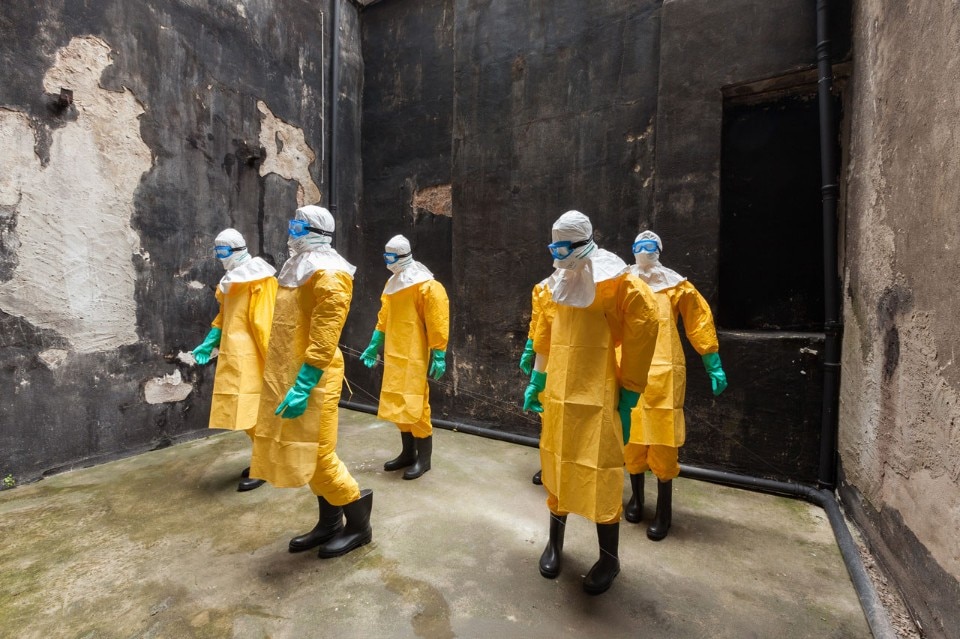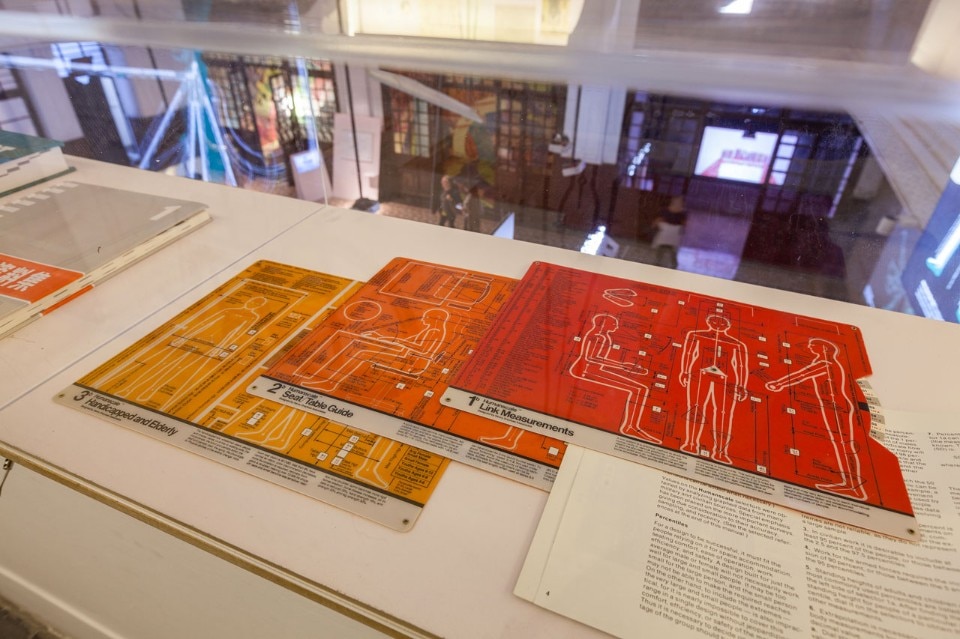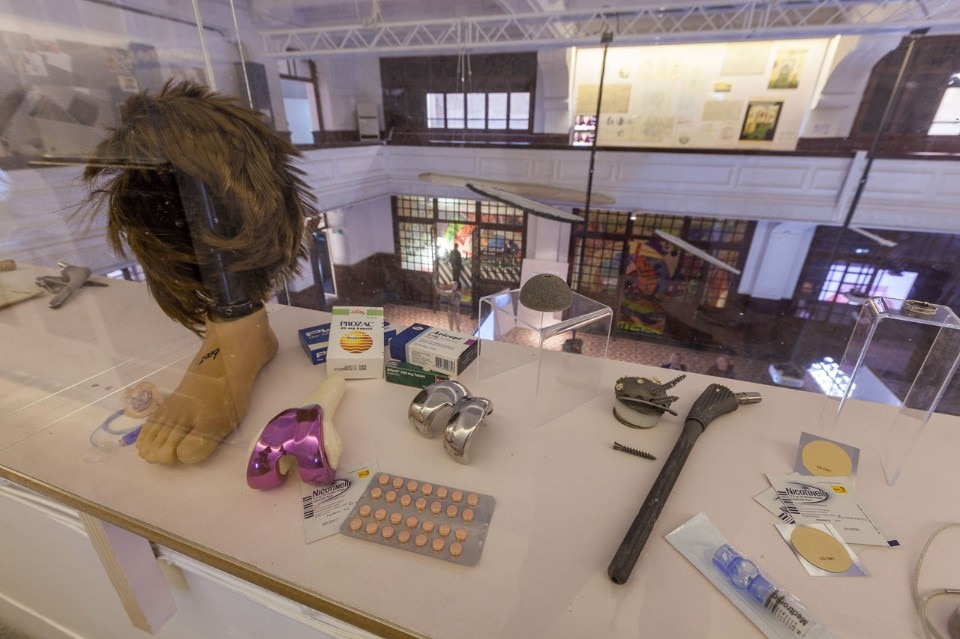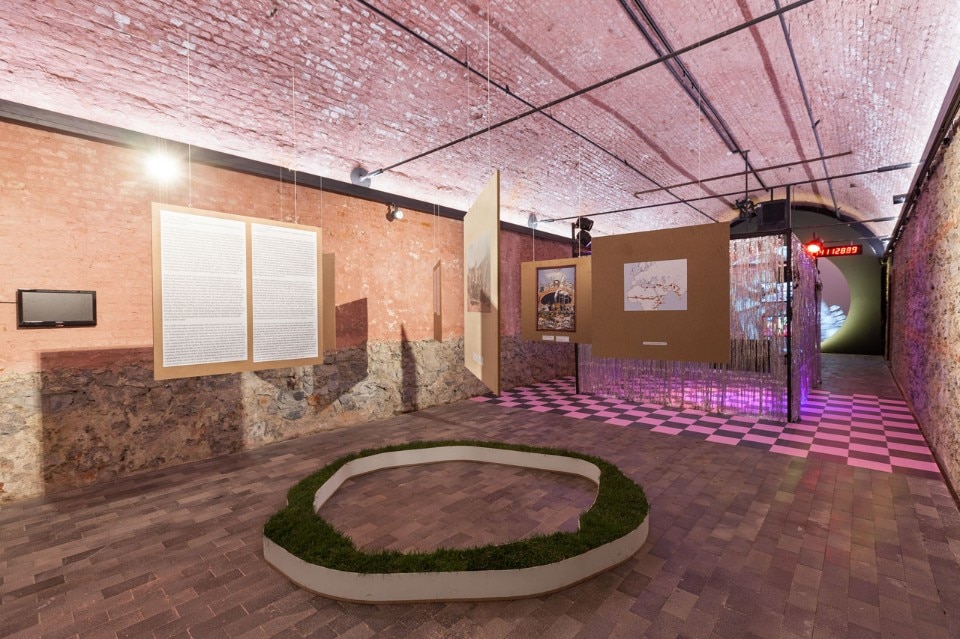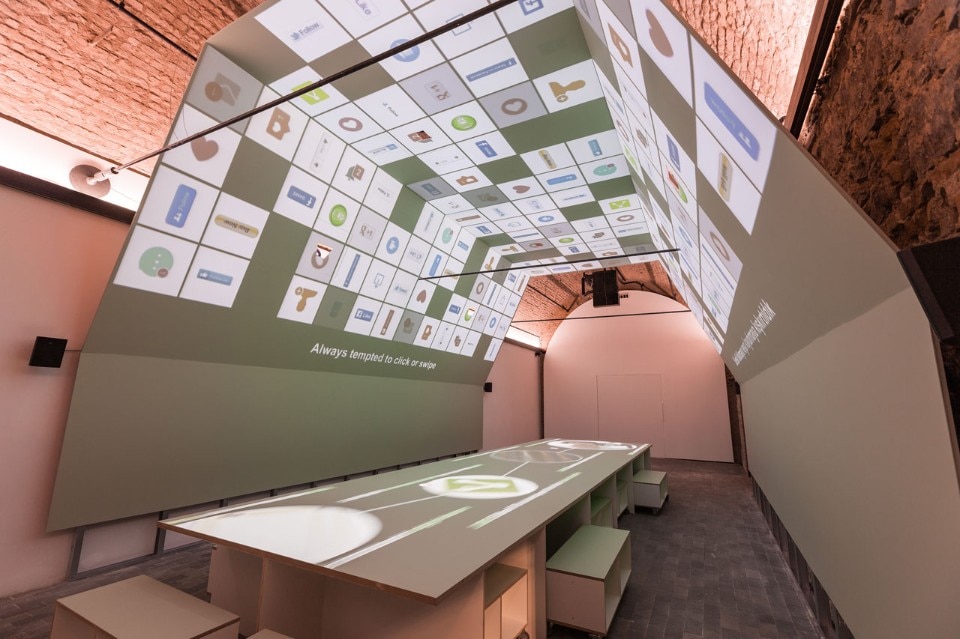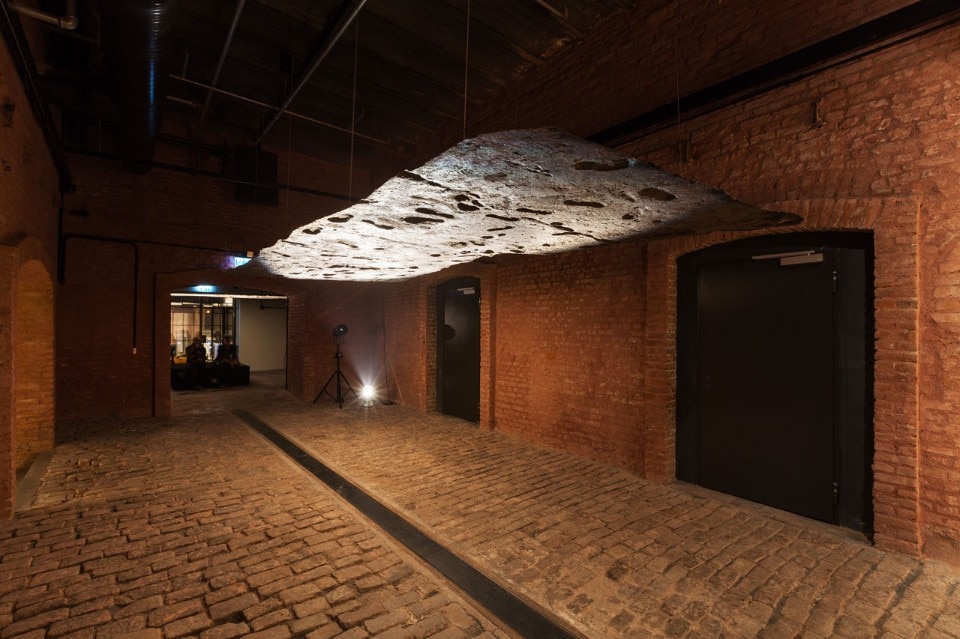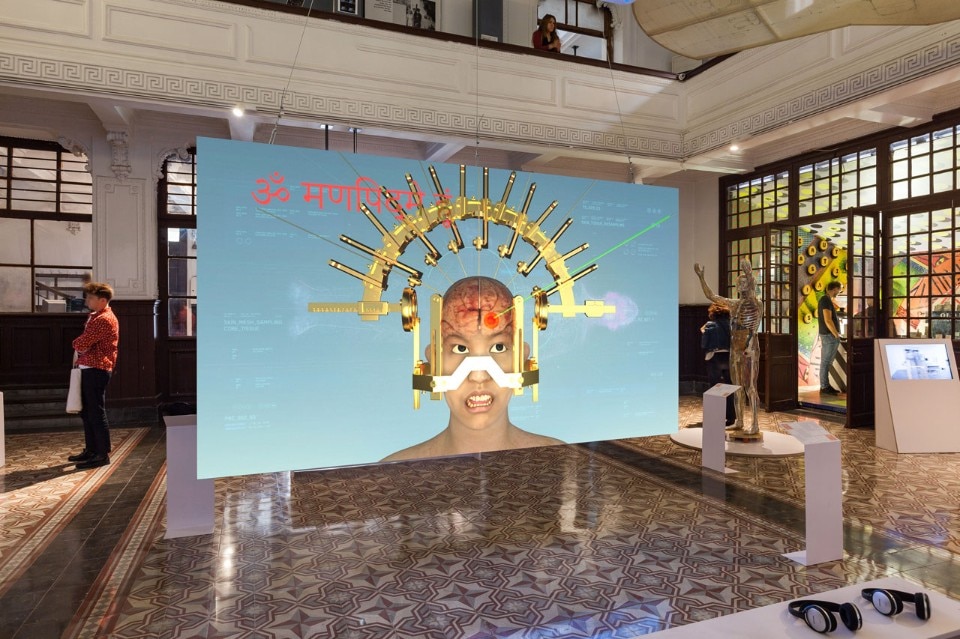
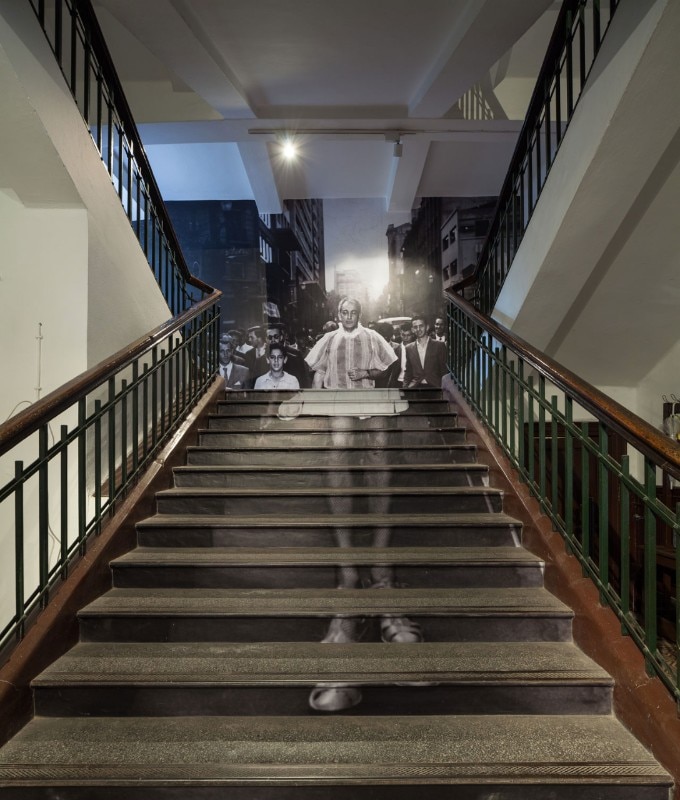
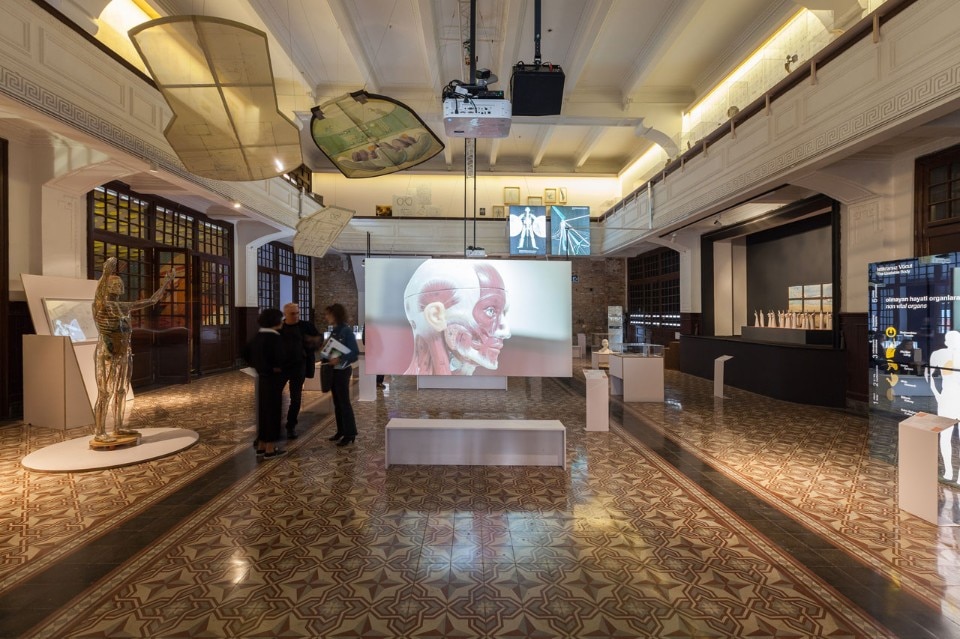
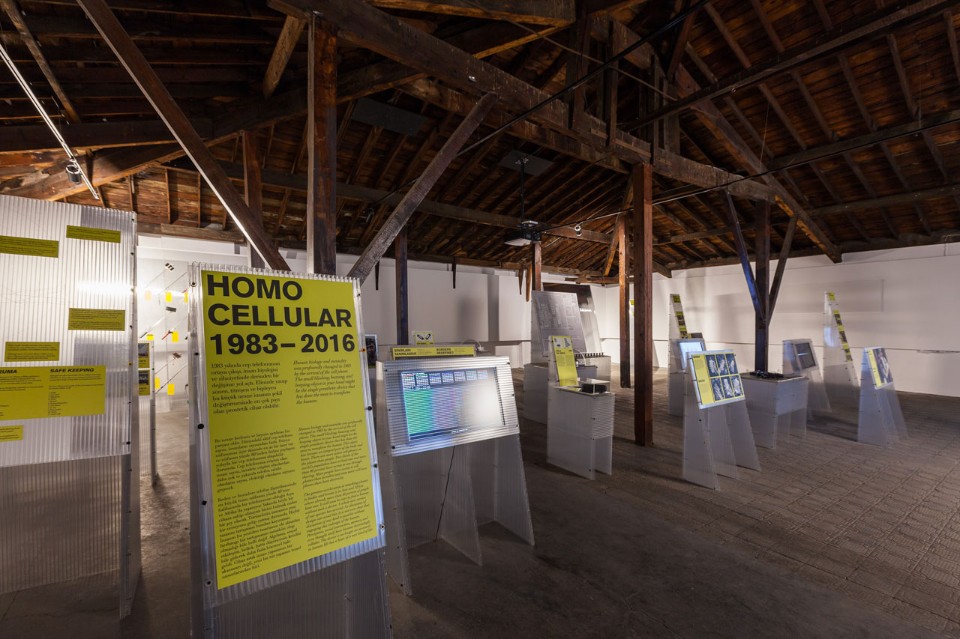
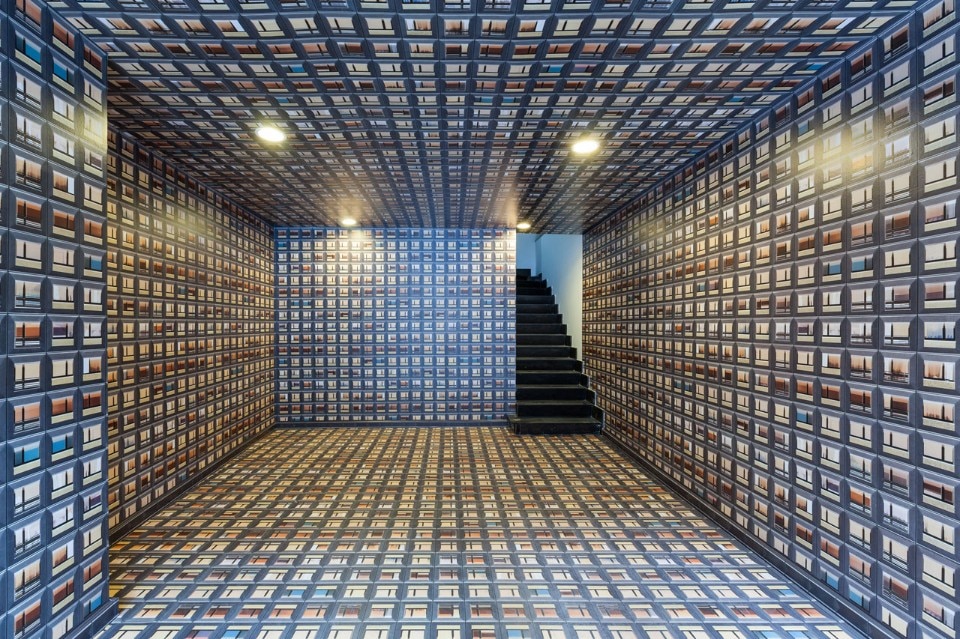
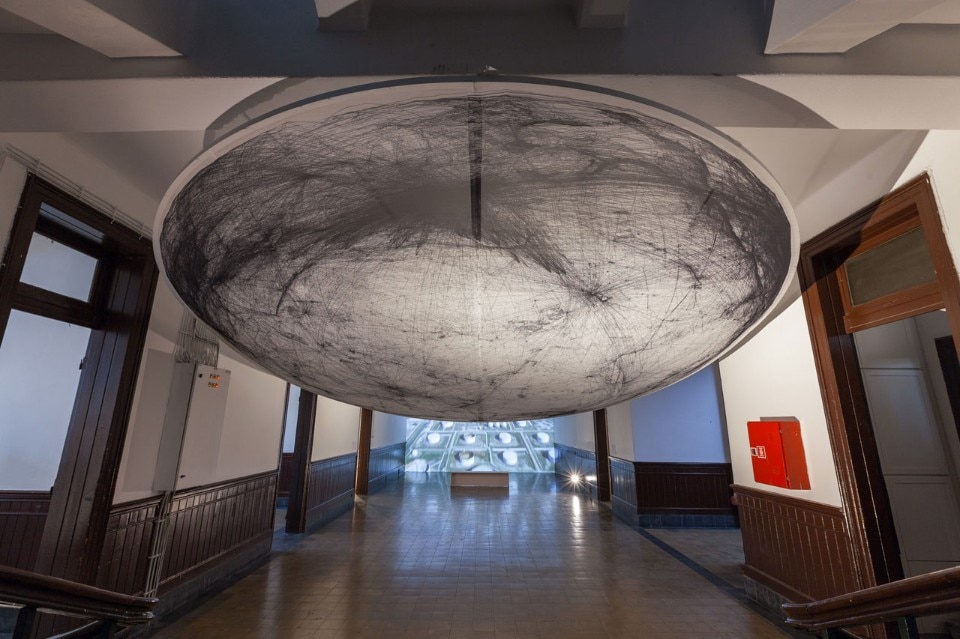
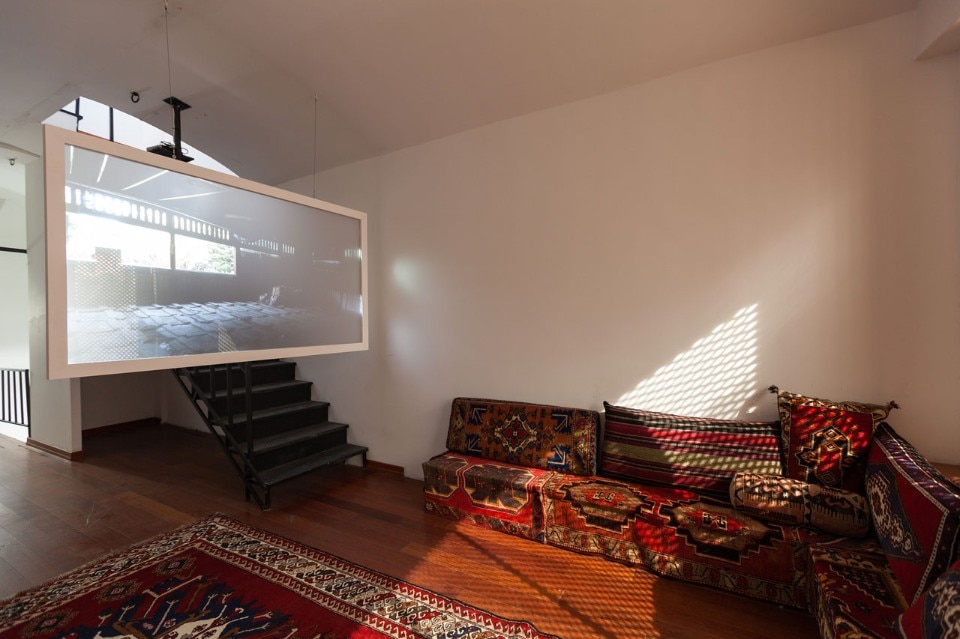
An interesting small publication packed with illustrations by the curators for Lars Muller is a compendium in its own right. The catalogue cover presents the projects as described by those behind them, not the curators or the critics, and asks us to answer the key question of the exhibition, the most important one of all.
until 20 November 2016
Are We Human?
3. Istanbul Design Biennial
Curators: Beatriz Colomina, Mark Wigley


